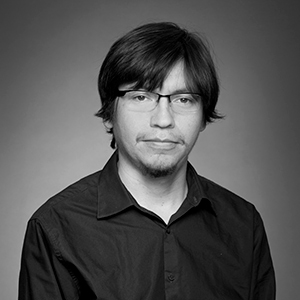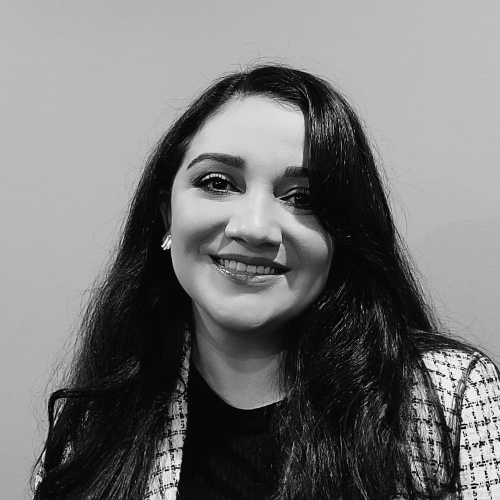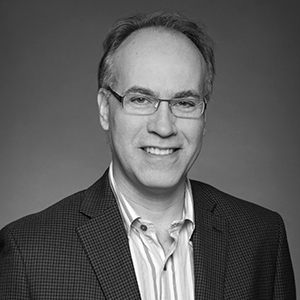Who we are
We are funded by the Ontario Goverment and supported by the University of Ottawa Heart Institute. Our mission is to bring accessibility training to biomedical and medical institutions to bring better care and research to persons living with disabilities. Our workshops are available for hospitals, and educational institutions interested in improving the skills of their communities in accessibility best practices.
Contact us to learn more on how you can bring Accessibility in Action to your institution!






